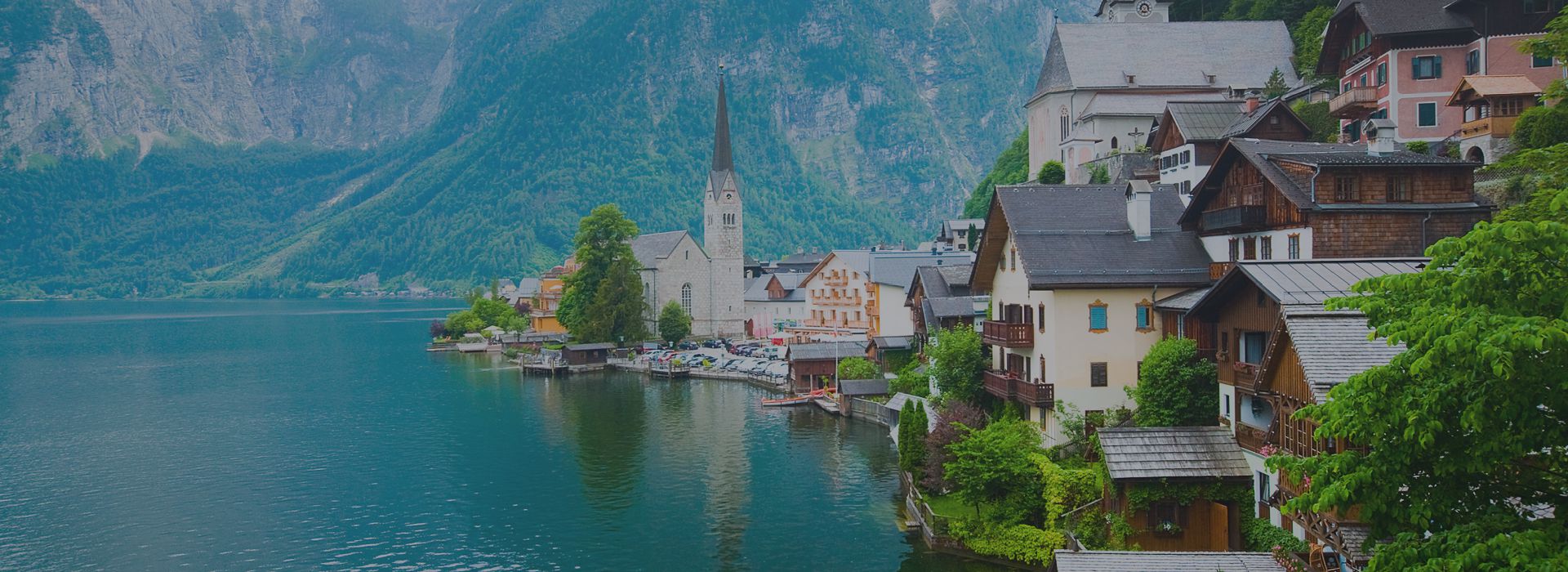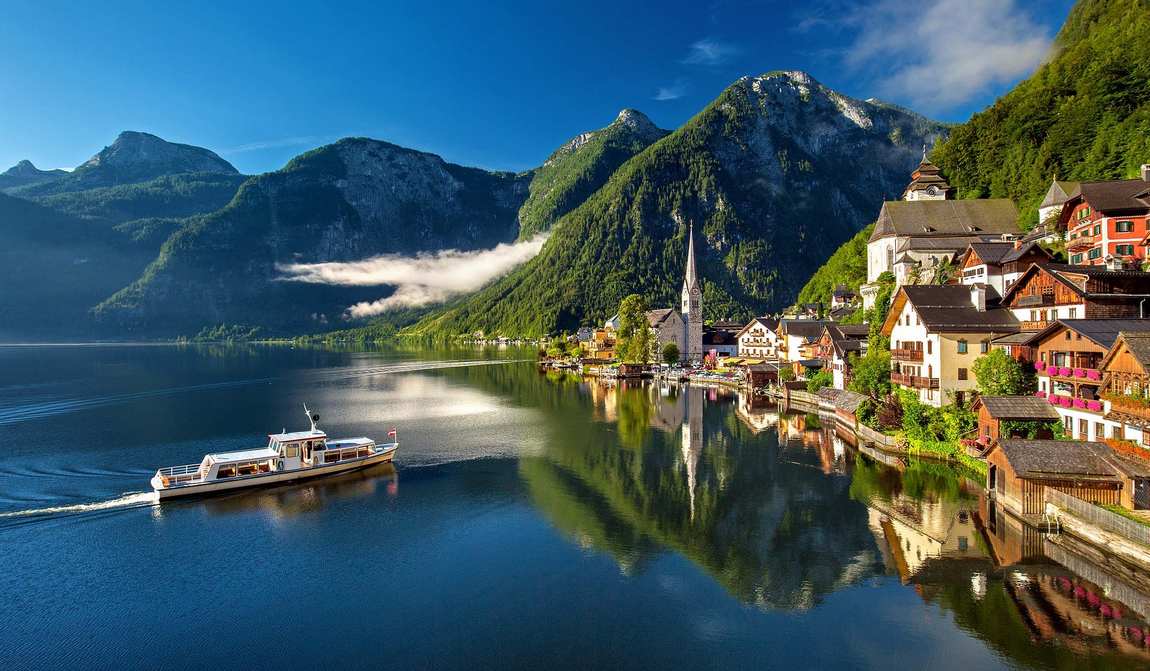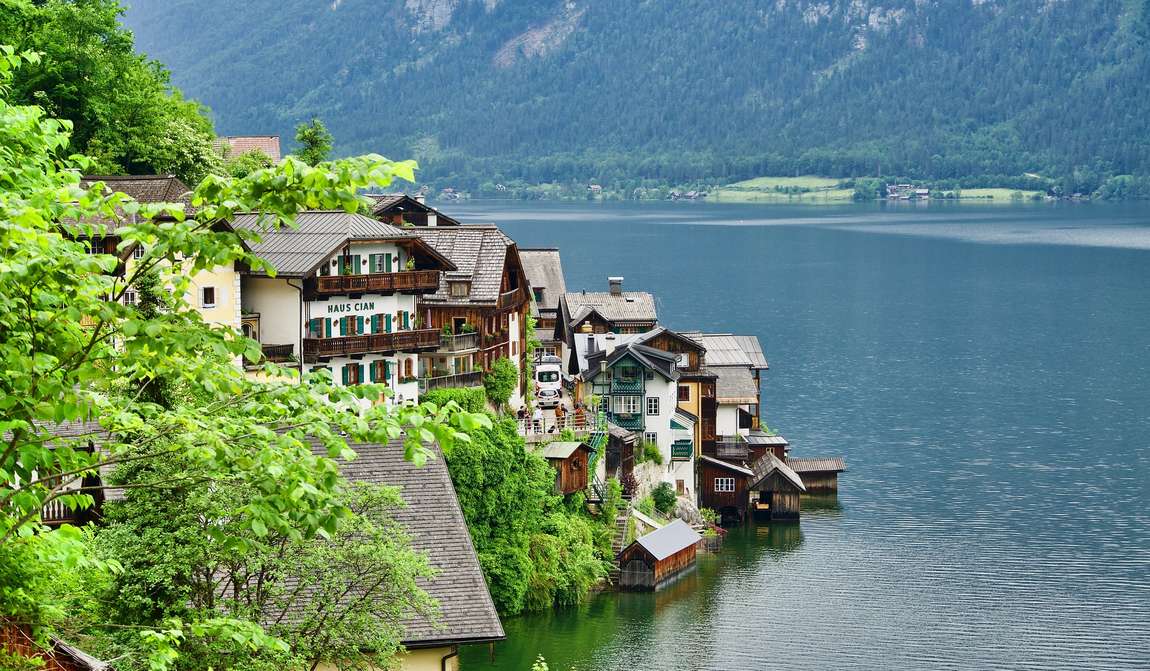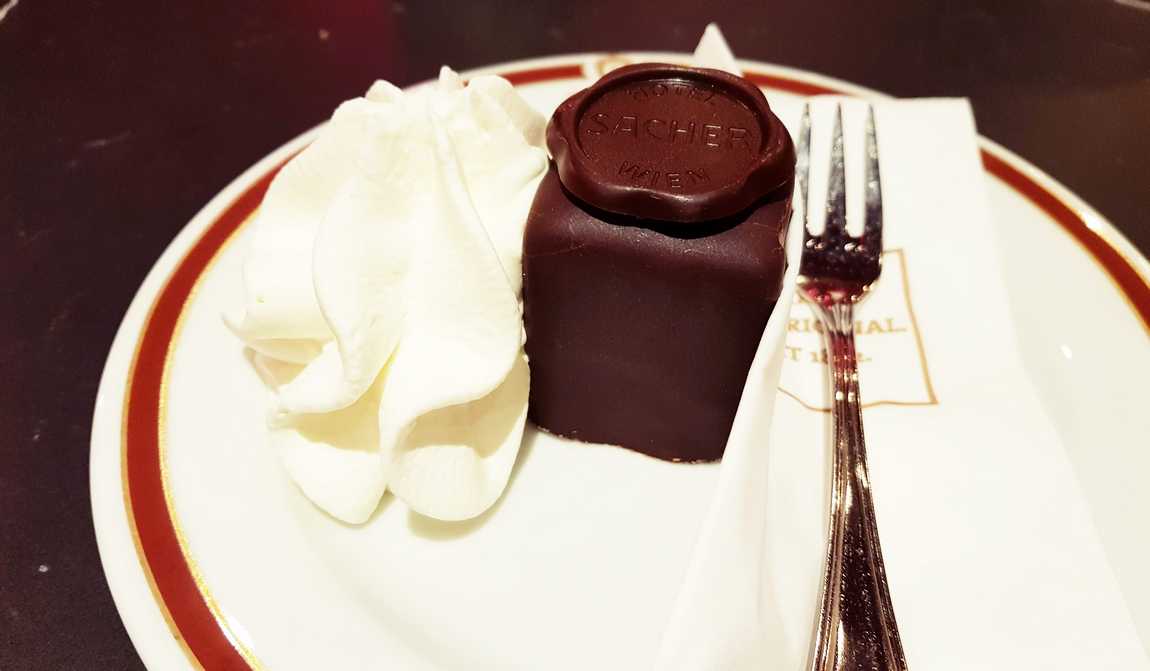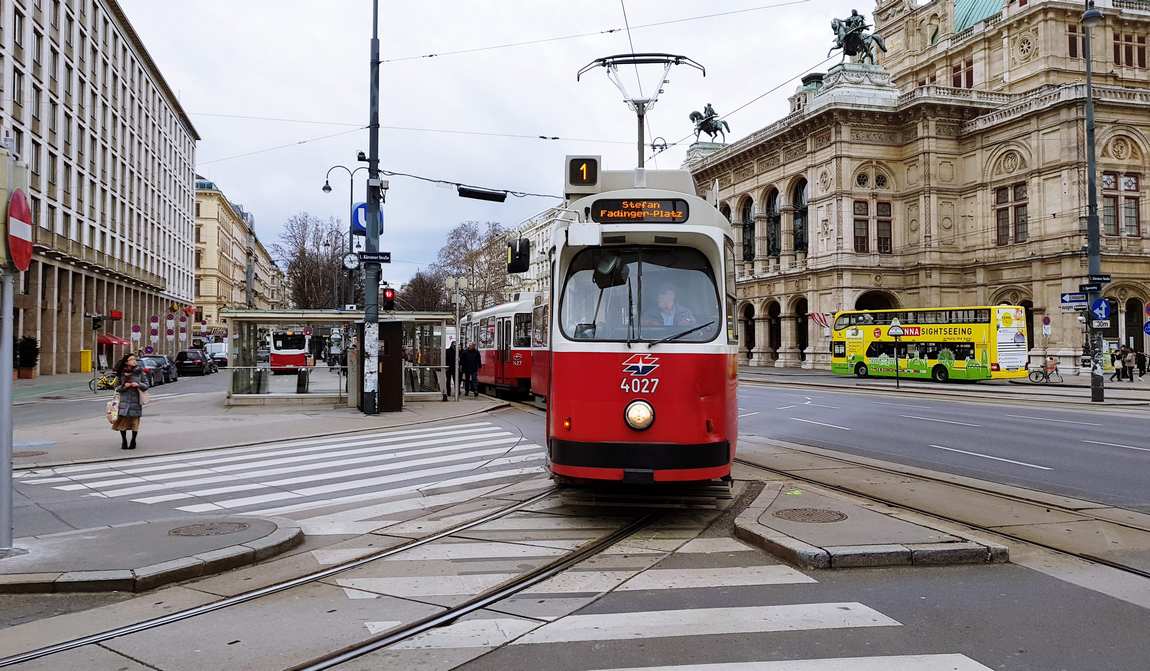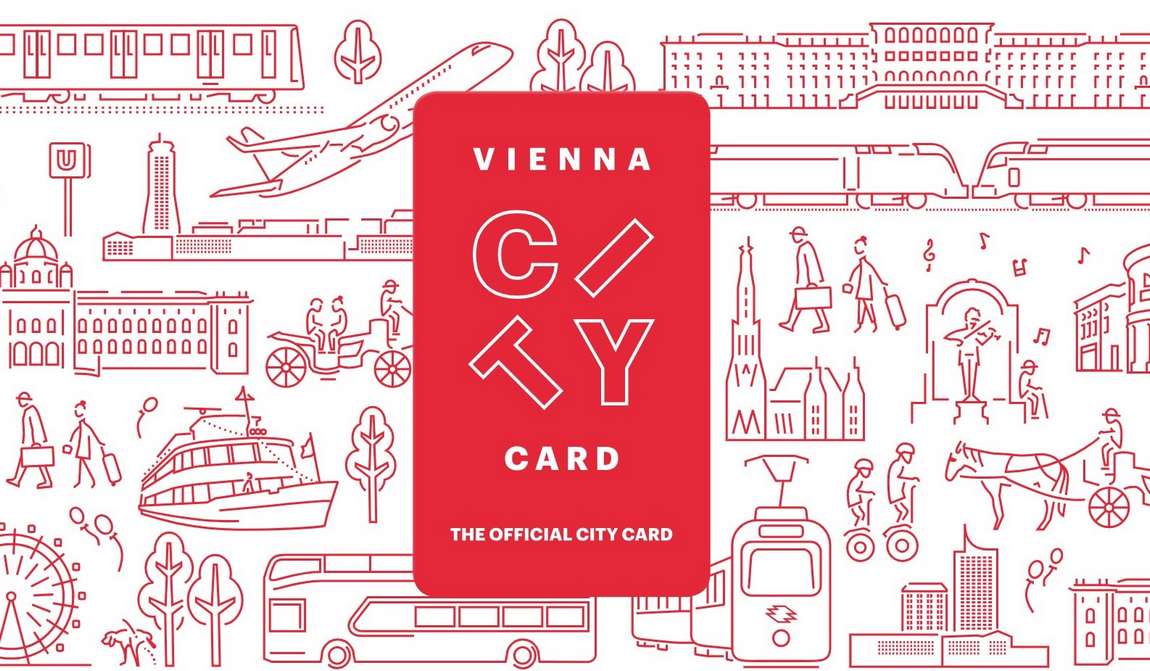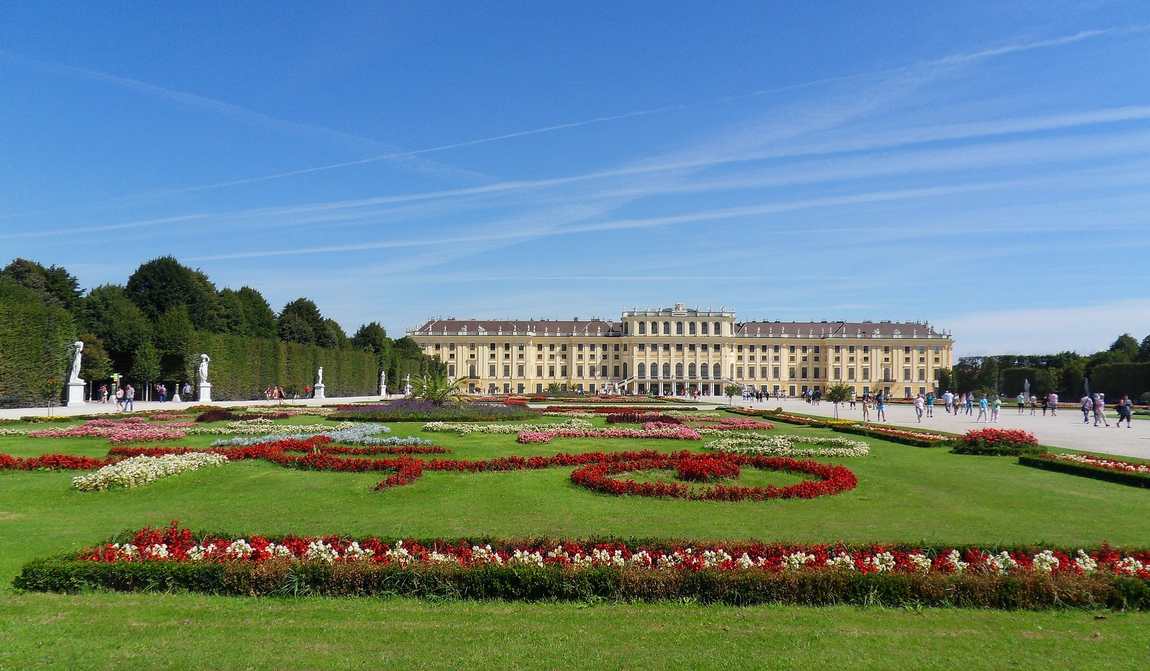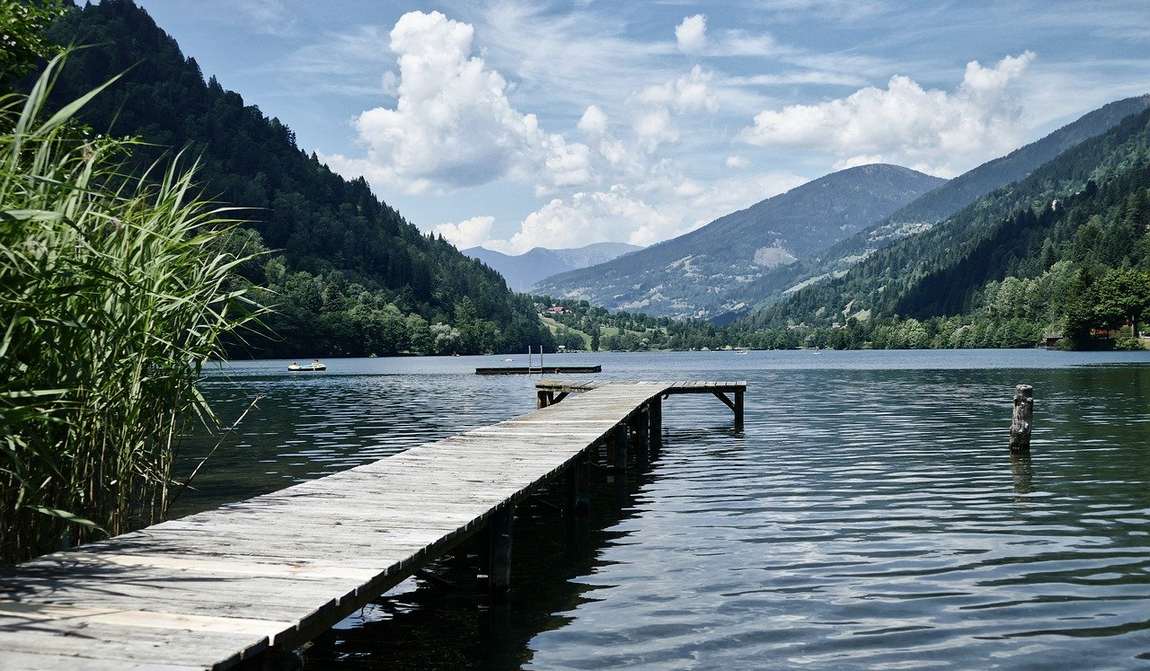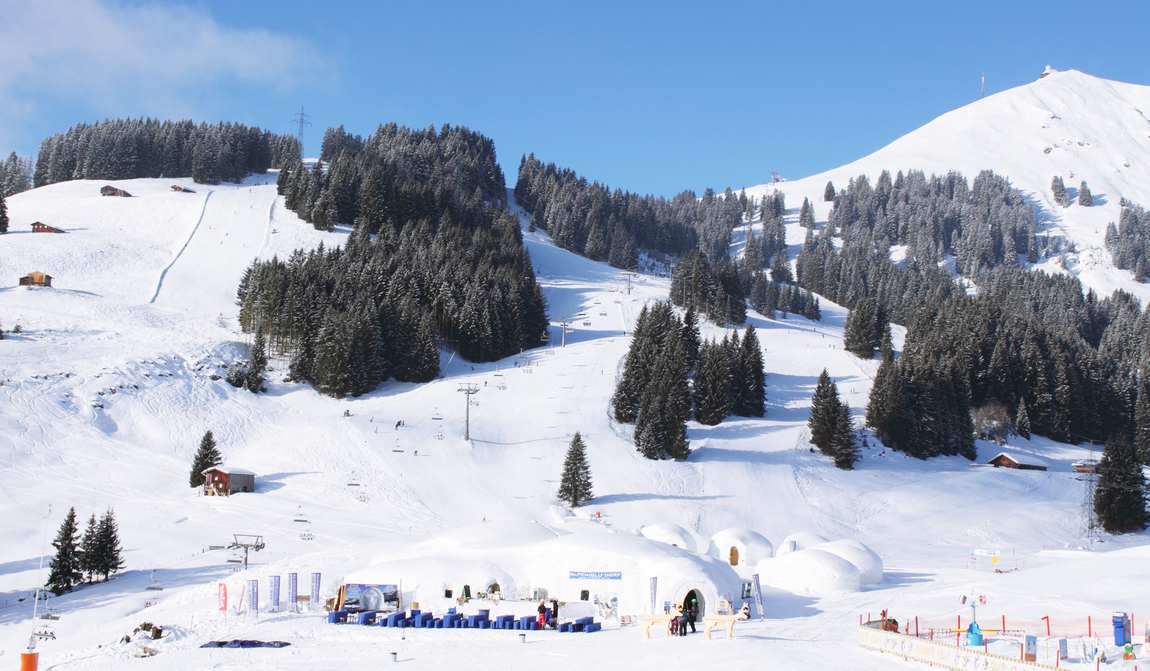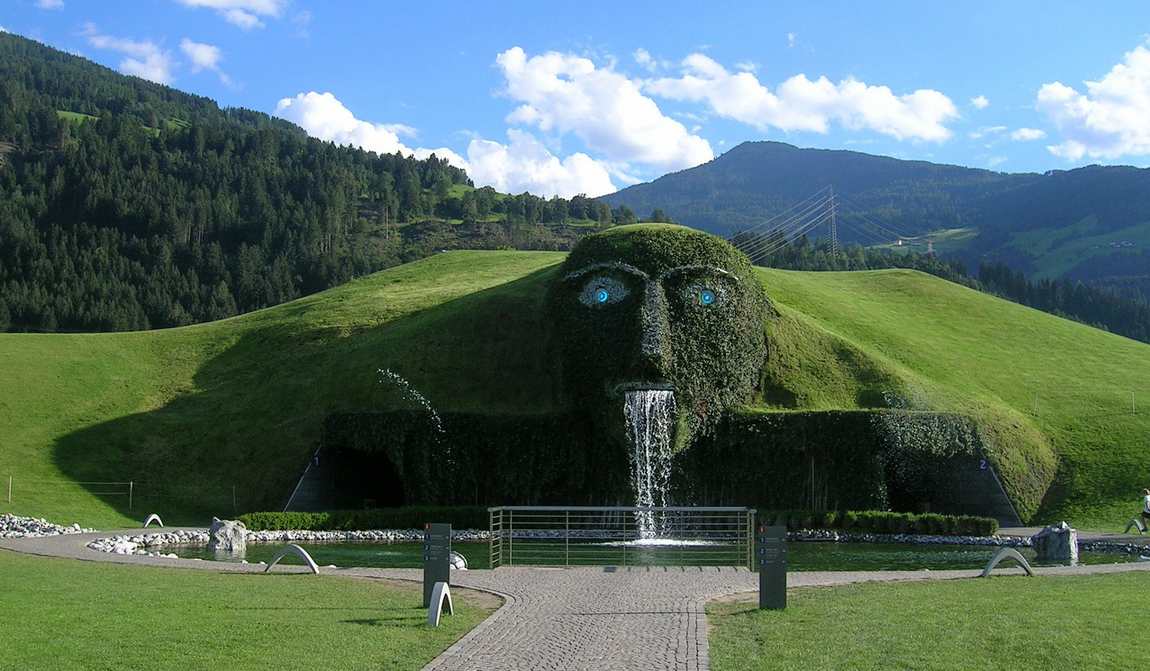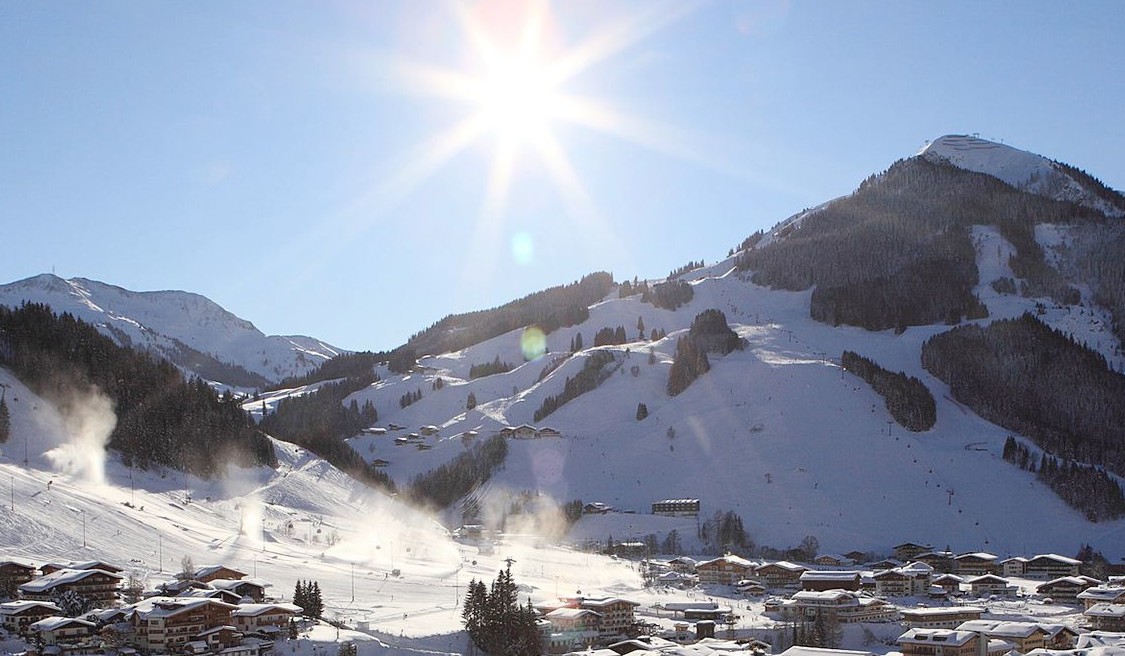What is the first thing that comes to mind when you think of Austria? Some will say a Viennese ball, others a schnitzel the size of a plate or an apple strudel, others one of the many ski resorts or a summer holiday by a lake surrounded by picturesque mountains, and others will perhaps generalise and express everything in terms of comfort, service, impressions.
Despite its small size, Austria is so diverse and multifaceted that the list of associations may not fit on one notebook page.
Not for nothing are the reports of tourists who have been to this country always characterised by volume and photos — colourful. And family holidays in Austria are consistently successful: children are always busy here, and parents appreciate the carefree and safe atmosphere. Yes, it's not cheap, but it's worth it. Read about how to choose a holiday with children in Austria, where to go, what to do and what food to try.
Where is Austria Located in the World Map
Austria (officially the Republic of Austria) is a country in Central Europe. It borders the Czech Republic to the north, Slovakia to the northeast, Hungary to the east, Slovenia, Italy and Switzerland to the south, and Liechtenstein, Switzerland and Germany to the west. Austria covers an area of 83.88 square kilometres and has a population of 8.933 million. The capital is Vienna. The Schengen Agreement applies in Austria. It means that citizens of the European Union can enter Austria without a visa.
Austria for kids
They talk about holidays in Austria with emotion and admiration. But what deserves the most excitement?

1. Beauty. This simple word applies to everything: the exquisite architecture of Vienna, the palaces and castles, the Alpine landscape, and the lakes of Carinthia. Whether you show your child St Stephen's Cathedral or go hiking in the mountains, it will leave an equally powerful impression.
2. Comfort. Again, a concept with many meanings. First, of course, the hotels — impeccable service does not depend on the number of stars. The resorts are about forgetting the daily grind and relaxing with your child. But also comfort, modern transport, play areas in restaurants and playgrounds. If you are travelling with a baby, you will appreciate the mother and baby rooms in shopping centres and other public places. Even if there is no such room, almost all toilets allow change tables with nappies and wipes.
3. Ski resorts. Long season, modern ski lifts, large ski areas, varied quality slopes, rich après-ski programme — these are the main features of Austrian winter resorts. Many tourists come to Austria with children to encourage their love of skiing. Usually, the ski school lessons are so exciting that the children are eager to attend.
4. Excursions. The list of attractions in Austria would take up more than one page, and it is essential to note that many of the tours are interesting for children, and entry to the major museums is free for children. There are also special children's museums in Austria.
5. Food. Austrian cuisine is not exquisite, but the food here is hearty — after skiing or winter walking, there is nothing better than a hot beef ragout or roast beef with onions. And some famous desserts - such as candied violets or marzipan Mozartkugeln — can be taken home as souvenirs.
6. The weather. Austria's climate is ideal for travelling at any time of the year. Vienna and other cities tend to have hot summers and mild winters without frost or snow. In the mountains, the winters are not too cold, and the summers are not too hot. You have to remember that it can take up to a week for a child to acclimate in the high mountains.
Best time to travel

When is the best time to visit Austria? The choice is challenging, as you have to choose between Christmas markets and parks in bloom in spring, skiing and relaxing by the lakes, and between the summer season and leisurely walks in autumn.
By and large, the tourist season in Austria never ends. From December to April, the ski resorts are bustling; from mid-spring to mid-autumn, there are waves of sightseers, and then there are the magical fairs that create a festive atmosphere in the month before Christmas.
The peak tourist season is summer, the pre-Christmas period, February and the first half of March (in the ski resorts).
Prices for accommodation and flights rise sharply at this time of year, and the only way to save money is to book early. But there are times when holidays with children can be delightful.
March is ideal for a trip to winter resorts when there is no frost, and the number of holidaymakers decreases. For trips to Vienna, Salzburg and Innsbruck, late spring or early autumn is an excellent time to avoid queues at museums and amusement parks.
The best time to relax at the lakes is in July-August: at the height of the bathing season, the lakes warm up to +26-28°C. Although the bathing season in Austria is relatively short, the two summer months are a real treat.
Autumn holidays can also be used for a trip to Austria. Amusement parks are usually closed at this time of year, but some high-altitude ski resorts (Sölden, Zell am See, Stubai) are open for skiing, and you don't have to fight the crowds to see the sights in Vienna and Salzburg. The best time to visit Austria with a baby is in the off-season if you are planning a holiday in Vienna or in the summer if you are going to the mountains.
Weather and Climate
Austria's climate is heterogeneous. In the east, in the flat part of the country, and in the south, in the lake region, the winters are very mild, with little snow and hot summers. In the mountains, winters are frosty and snowy, and summers are rainy and cool. High-altitude resorts often experience crackling frost and snow for 8-10 months of the year.
The holiday season in Austria — if we're talking about sightseeing — starts in May and lasts until the end of September. The weather is sunny, warm and sometimes hot. It doesn't rain all summer, but it does rain very rarely.
For skiers, the season starts in December when the slopes are covered with snow. There can be severe frost in January and February, and by March, the mountain resorts are warming up — it's time for the best holiday with children in Austria.
Severe frost during the day is rare, but temperatures can drop to -20-25°C at night.
Summer is the best time for a holiday in the countryside. You can even swim in the Carinthian Lake in summer — the water reaches +23-27°C. The mountains are also often chosen for summer holidays in Austria, but you should be prepared for heavy rain to make you change your plans, and the weather can be autumnally cold.
The table below will help you compare the weather in different regions of the country (the first figure - the average night temperature, and the second — the average day temperature):
| |
Vienna |
Salzburg |
| January |
-2…+2°С |
-4…+1°С |
| February |
-1…+3°С |
-5…+2°С |
| March |
+3...+10°С |
-1…+8°С |
| April |
+7...+16°С |
+3...+14°С |
| May |
+10...+20°С |
+7...+18°С |
| June |
+14...+24°С |
+10...+22°С |
| July |
+16...+27°С |
+11...+23°С |
| August |
+17...+28°С |
+12...+24°С |
| September |
+13...+22°С |
+8...+19°С |
| October |
+9...+15°С |
+4...+14°С |
| November |
+4...+8°С |
+1...+8°С |
| December |
+1...+4°С |
-2…+3°С |
Cuisine
Austria is not known for its light meals. The food here is rich, fatty, and high in calories but very tasty. Not every local dish is suitable for a child, but Wiener schnitzel, sausages and salad can be offered to a child who has already switched to adult food.

Sacher cakes, strudels with various fillings and Mozartkugeln are specialities, as are schnitzel and sausages. Desserts in Austria are served with coffee, but children can also enjoy the traditional Almdudler herbal lemonade.
Austrians bake stollen and gingerbread at Christmas, and they make Reindl and Godnküpfi at Easter.
Transportation
Public transport in Austria is praiseworthy in every respect, but the main praise from travellers with children is comfort.

In the Vienna underground, for example, there are no turnstiles, you can take the lift down to the platform, and there are places in the carriages for prams. Buses, trolleybuses and trams offer the same space for parents with babies. Low-floor buses and trams are standard in larger cities and can easily accommodate a pushchair with a baby.
The complex public transport system in Vienna and other large cities works perfectly. Underground trains, buses, trolleybuses, trams and commuter trains run frequently and on schedule. Most lines run from early morning to late evening, with special lines at night. In small towns and villages, there are usually only buses, which run several times a day.
The cost of tickets for public transport in Austria usually depends on the length of the journey and the area where the ticket is valid. The approximate price of a single ticket is €2.50.
In large cities, buying a pass for one or more days is cheaper. Children under six travel free, and children aged 7-15 pay half the adult fare.
To save money on sightseeing and travel, you can buy travel cards. For example, a 24-hour Vienna City Card costs around €17 and gives you free travel on the city's public transport system and entry to many attractions. Adults and children up to the age of 15 can use one card.

Ski resorts have a system of discounts for trips and excursions. Call one or find the nearest taxi rank if you want to take a taxi. The fare starts at €1.50 per kilometre, with an additional €5 for the journey to the destination. Similar cards are available in Salzburg and Innsbruck.
The journey price is calculated at the counter, but if you plan a long trip, you should agree with the driver beforehand.
For travel within Austria and to neighbouring countries, trains are more convenient. Long-distance trains are marked with EC, IC, D, and ICE. The letters E and R are regional trains, and the letter S is commuter trains.
Buses are less prevalent in Austria, usually used only in small towns and cities. However, there are several international bus companies in the country.



